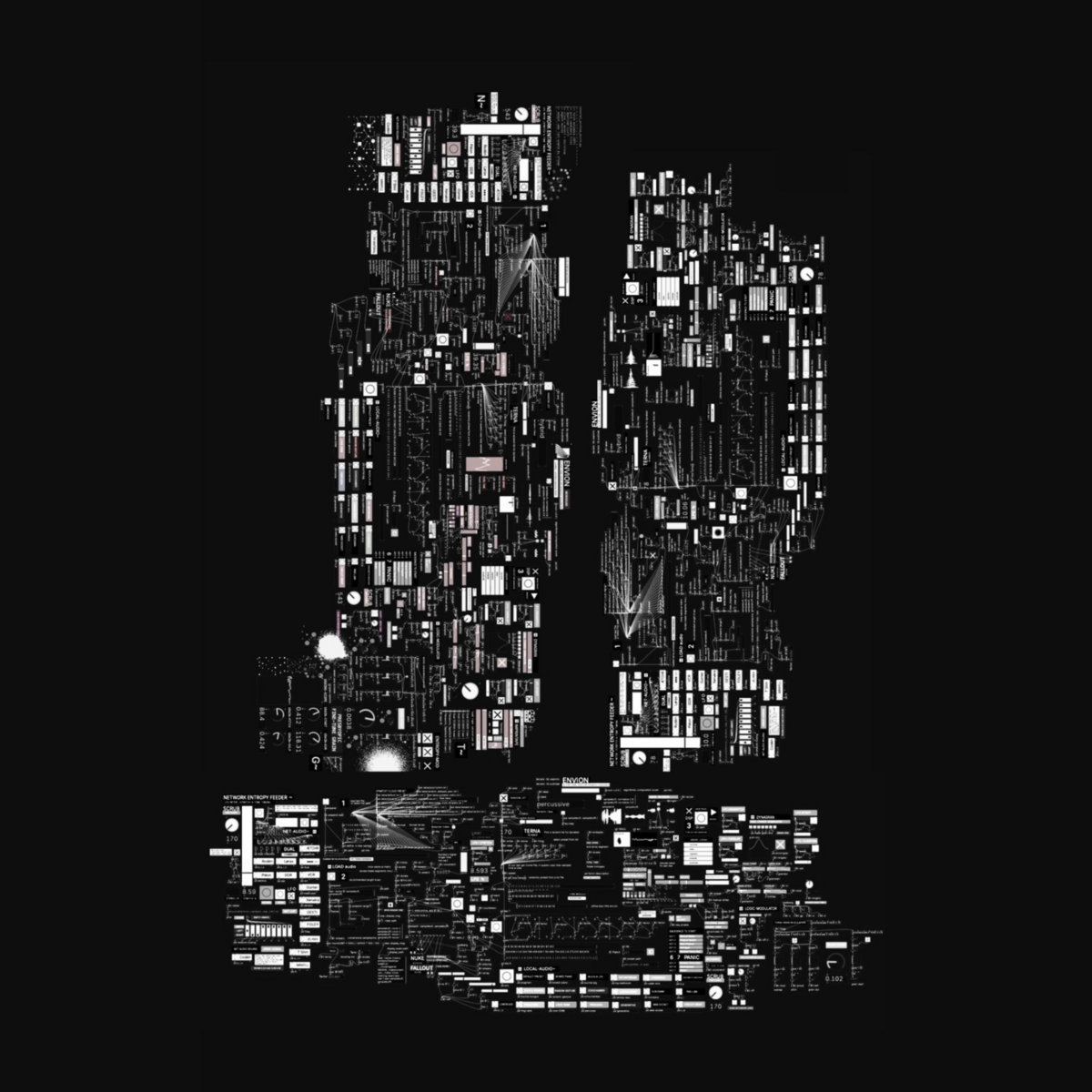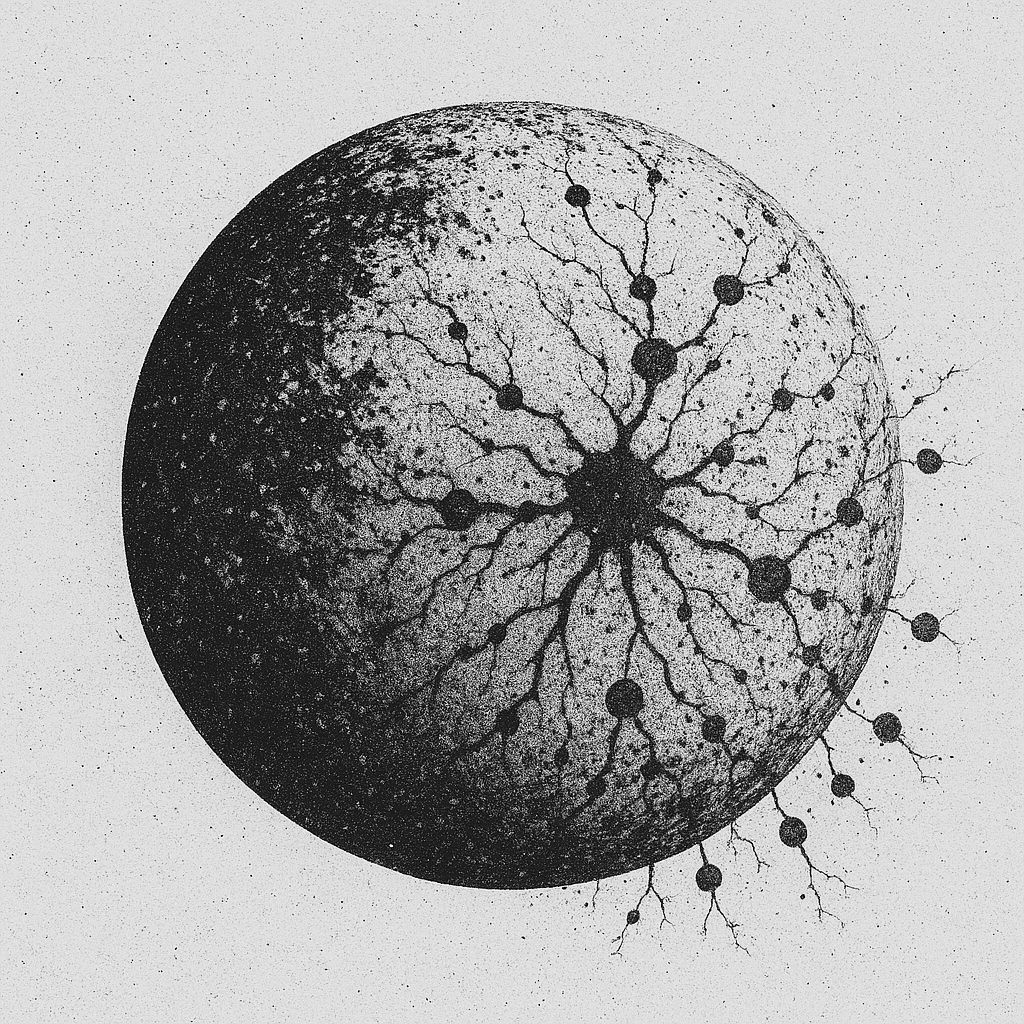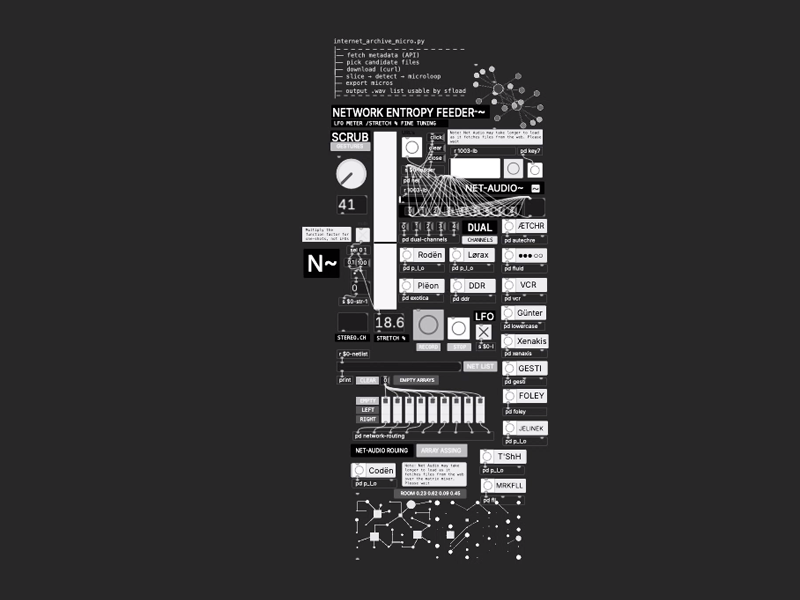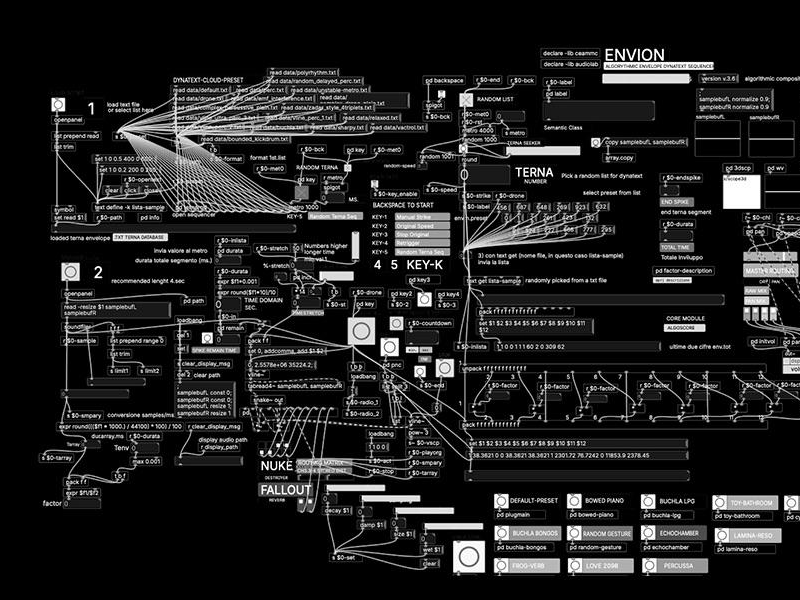ENVION — Imprint Archive
Processed (CDP) • Long-Form Synthesis (SuperCollider) • Network-Captured (Envion)

Statement
This is not a preset library. It is an imprint archive: the residue of gesture, processual traces, long-form evolutions and network extractions prepared as material for re-composition. Envion separates gesture from material; sound is not “triggered” but articulated. These files remain open to further transformation rather than closure or fixity.
CDP — Processed
Morphing, convolution, time-stretching, decomposed grain structures. Offline transformations resulting in stable yet permeable material.
SuperCollider — Long-form
Slow temporal drift, evolving harmonic fields, spectral breathing. Material meant for cutting, layering and spatial dramaturgy.
Envion — Network-captured
Fetched from the network, then re-inscribed through gesture. Source becomes trace; origin remains porous.
Who this is for
⁍ acousmatic / electroacoustic composers
⁍ sound artists working with gesture, trace, and material memory
⁍ producers seeking non-commercial textures with deep temporal life
⁍ installations / radio art / hybrid performance contexts
Usage & ethos
This archive operates from the principle gesture ≠ material: composition begins from matter, not its representation. These sounds are meant to be sculpted, recombined, displaced and re-contextualised — not consumed as fixed assets. They remain relational, unfinished, and alive in the moment of use.
Found Net Sound
A portion of this archive emerges from what I call Found Net Sound: a contemporary translation of Schaeffer’s objet sonore into the era of the network. Instead of collecting source material in advance, Envion listens *into* the web — allowing sound to appear through capture rather than selection.
These imprints are not “samples found online”, but residues of encounter: buffers, lost fragments, half-erased metadata, accidental recordings, micro-failures of transmission — everything that exists in the margins of circulation.
The network becomes a site of emergence, not a library. Material is received, not curated: the imprint remains porous, unfinished, and available for articulation inside the composition rather than at the moment of storage.

The CDP (Composer’s Desktop Project) material originates from deep spectral work carried out in Sound Loom and the CDP raw command-line suite. These are not simple “effects” but high-resolution FFT transformations, cycle distortion, spectral recomposition and time-based resynthesis — techniques rarely encountered outside specialised or archival practice.
CDP remains, even today, one of the most powerful sound-design toolboxes ever made, though it carries a steep learning curve: many of its most essential processes are only available via CLI, and Sound Loom assumes a high literacy in spectral thinking.
This is why certain sounds in the CDP Imprints folder may feel “related” — not duplicated, but iterated: re-inscribed over multiple transformation passes. This occurs mostly within the CDP set, and only rarely elsewhere.
Some files are intentionally left mono with high headroom, preserving openness rather than premature stereo-fixation. Envion includes a one-click stereo articulation function, allowing any mono imprint to unfold spatially at the moment of composition, not storage.
Case Study — Discreet Archive
A direct example of this philosophy can be heard in Musica DSP da Camera (Discreet Archive), where I use Envion as the generative / articulative engine for the raw material that later becomes “physical” through re-amplification. Synthetic sound is treated not as abstraction but as something embodied — with weight, temperature and fragility.
The source material first emerges from Envion (gesture-driven slicing, spectral folding and micro-resynthesis), then undergoes radical DSP — phase-vocoder transformations, spectral recomposition, IRCAM/RAVE timbre modelling — before leaving the computer entirely. Each sound is re-projected into real spaces, onto resonant rooms and surfaces, and captured again through microphones and field recorders.
This act of worldizing does not merely “add space”: it grants the sound acoustic memory — a residue of distance and air that cannot be simulated. The same philosophy underlies the Envion Imprints archive: material remains alive, unfinished and spatial, waiting to be re-articulated inside a composition rather than frozen at the moment of storage.
Process & Toolchain




Listening Excerpt
Fragments from the Envion Imprints archive — gestures, textures, long-form residues prepared for further transformation.